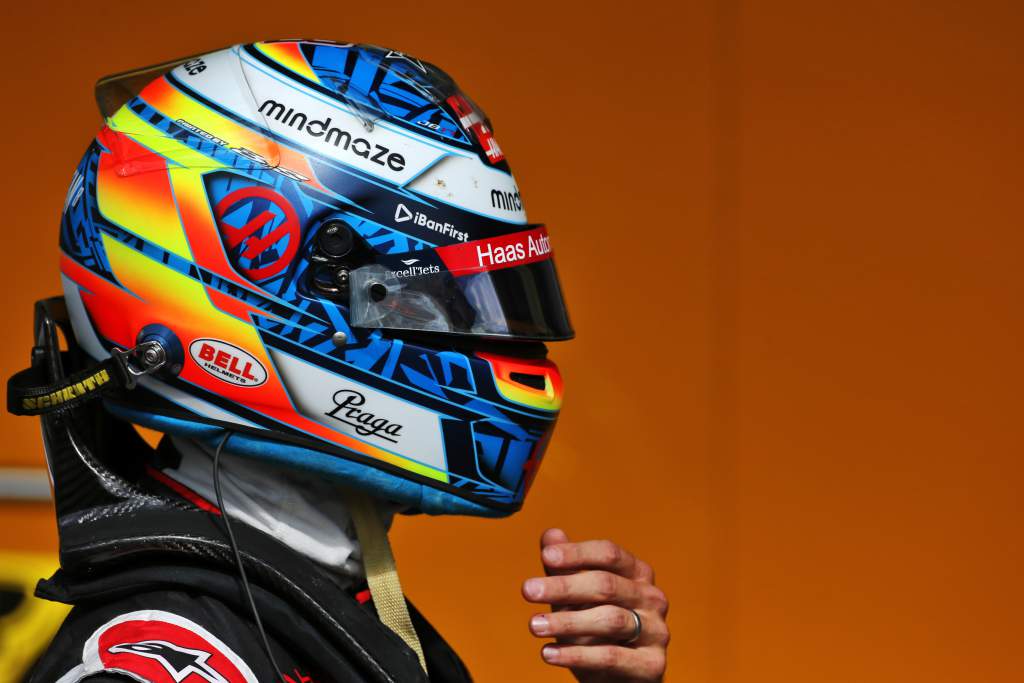Up Next

With a switch to IndyCar, Romain Grosjean faces a brilliant chance to win and win regularly at the elite level of motorsport for the first time in a decade.
However, former Formula 1 drivers that have gone stateside before him have proven that the switch is not easy, and that moving into a single-chassis formula does not guarantee success just because of your driving talent.
There’s every chance Grosjean has the motivation and he certainly has the ability to succeed, but he will have to overcome a number of obstacles. We’ve outlined them below.
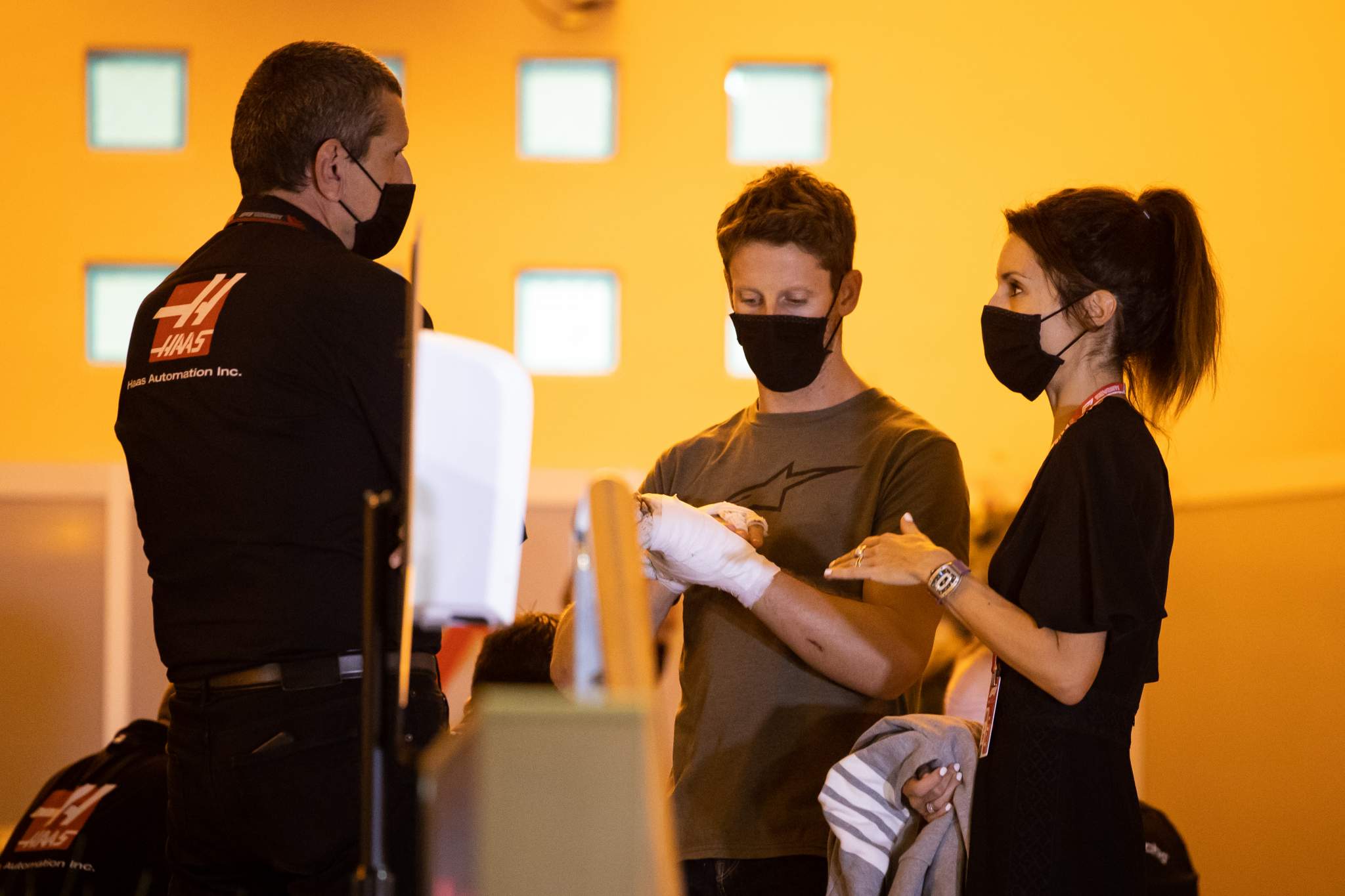
Rebounding from the crash, moving to the US?
I was really excited to learn of the news that Grosjean was realistically considering IndyCar. Especially given that his innate talent has been largely misunderstood and unrewarded in an F1 stint where, yes, he didn’t do everything right, but he was far better than the results have shown.
However, I certainly believed that after his crash it would be fair if Grosjean wanted to move aside from competition completely. He has a thriving esports team and a young family, and he was clearly distraught about what they had been through after his Bahrain accident.
The motorsport fan in me is delighted he’s returning, but it would be foolish to hide from the fact that there will be challenges Grosjean faces even before he reaches a green flag.
Getting in the car for the first time competitively after his crash will not be easy, and either moving to America or the constant travelling from and back to Europe will present its own internal challenges. Although in fairness, most people moving to the States from F1 love it.
No one would have thought less of Grosjean for calling it a day and spending more time with his family after his shunt. His return to competition is great for motorsport fans but will come with challenges on Grosjean’s side that he must be motivated to overcome, or his time in IndyCar will not be successful.
Joining a team that hasn’t won since 2018
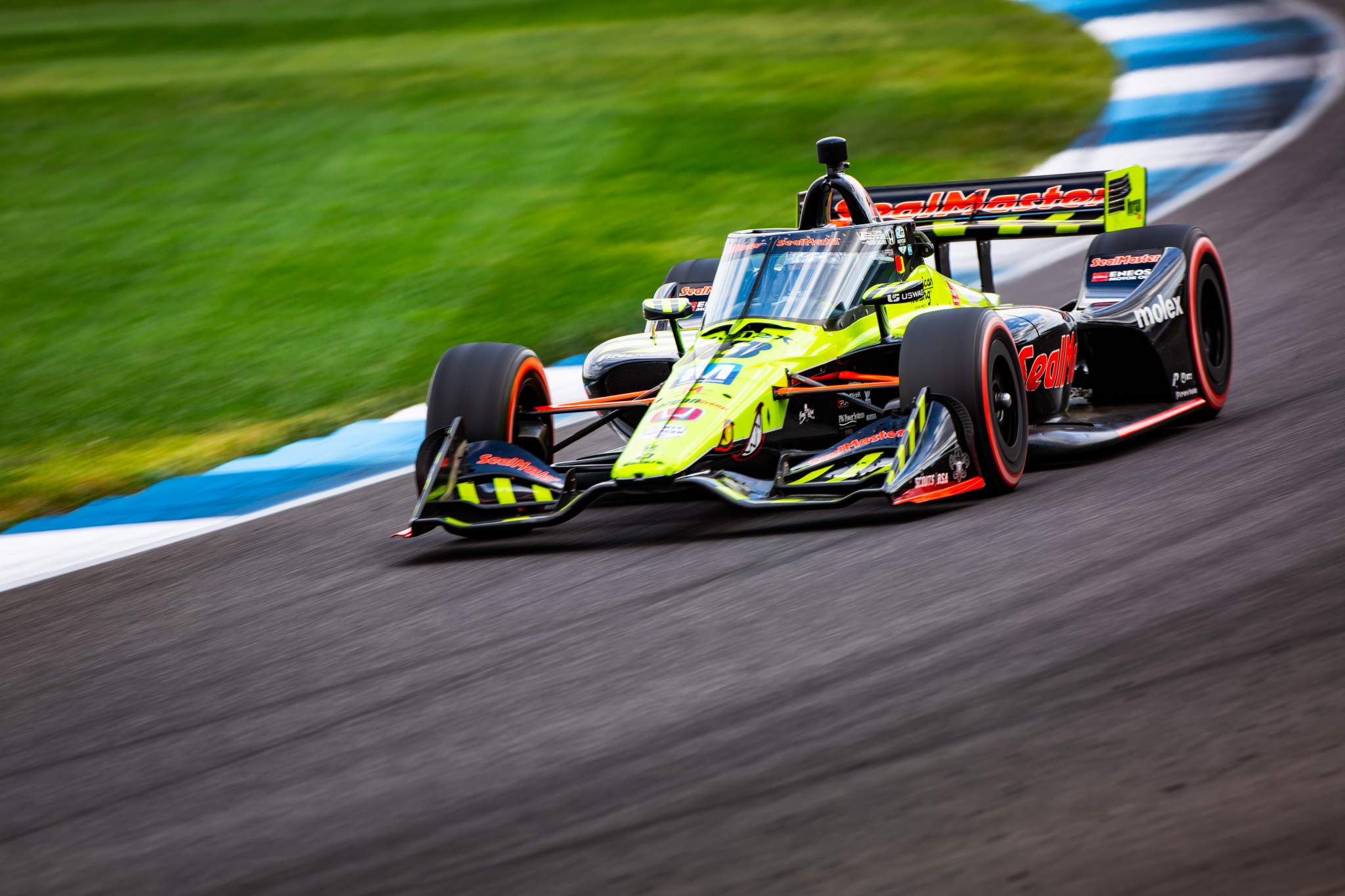
Dale Coyne is a funny team – one that often struggles for results but has a knack for breeding elite talent. You can read more about that on The Race in the coming weeks.
The head of R&D at Arrow McLaren SP; the engineer responsible for guiding Scott Dixon to a sixth title last year; the man chosen to adapt Jimmie Johnson to IndyCar – they all came from Coyne.
It’s a tight-knit group which couldn’t be more opposite to the sprawling gluttony of personnel line-ups in F1. This makes it tough for Coyne to regularly compete with the series’ giants but offers chances to avoid internal politics and bureaucracy. People are installed in a role because it’s the best fit for them or the team, not to satisfy the quota of having a certain role filled.
It’s a fun place to work and it has to be, given the lack of personnel compared to the big teams and the midnight oil that must therefore burn. But ultimately it breeds a work ethic and an ideal learning ground, which will be great for Grosjean in his new surroundings. A strong team bond is often forged each year.
The only downside is whether his machinery will be good enough to match his ability. If it isn’t, it won’t be through lack of trying on either the team or Grosjean’s side.
There was promise in 2020. The Indianapolis 500 is an event where the team regularly excels and it did so with Alex Palou last year. The Spanish rookie also bagged a podium at Road America earlier in the year.
You have to believe Grosjean would be able to take a podium or two if he can get up to speed quickly. The problem is, even though it’s a single-chassis formula – making it a more even playing field than F1 – the big three of Andretti, Ganassi and Penske still hold the advantage and field four cars each, meaning you immediately have to beat 12 cars that are capable of winning.
Coyne’s struggles are no embarrassment, more a symptom of the competitive series it races in.
Learning how to win again
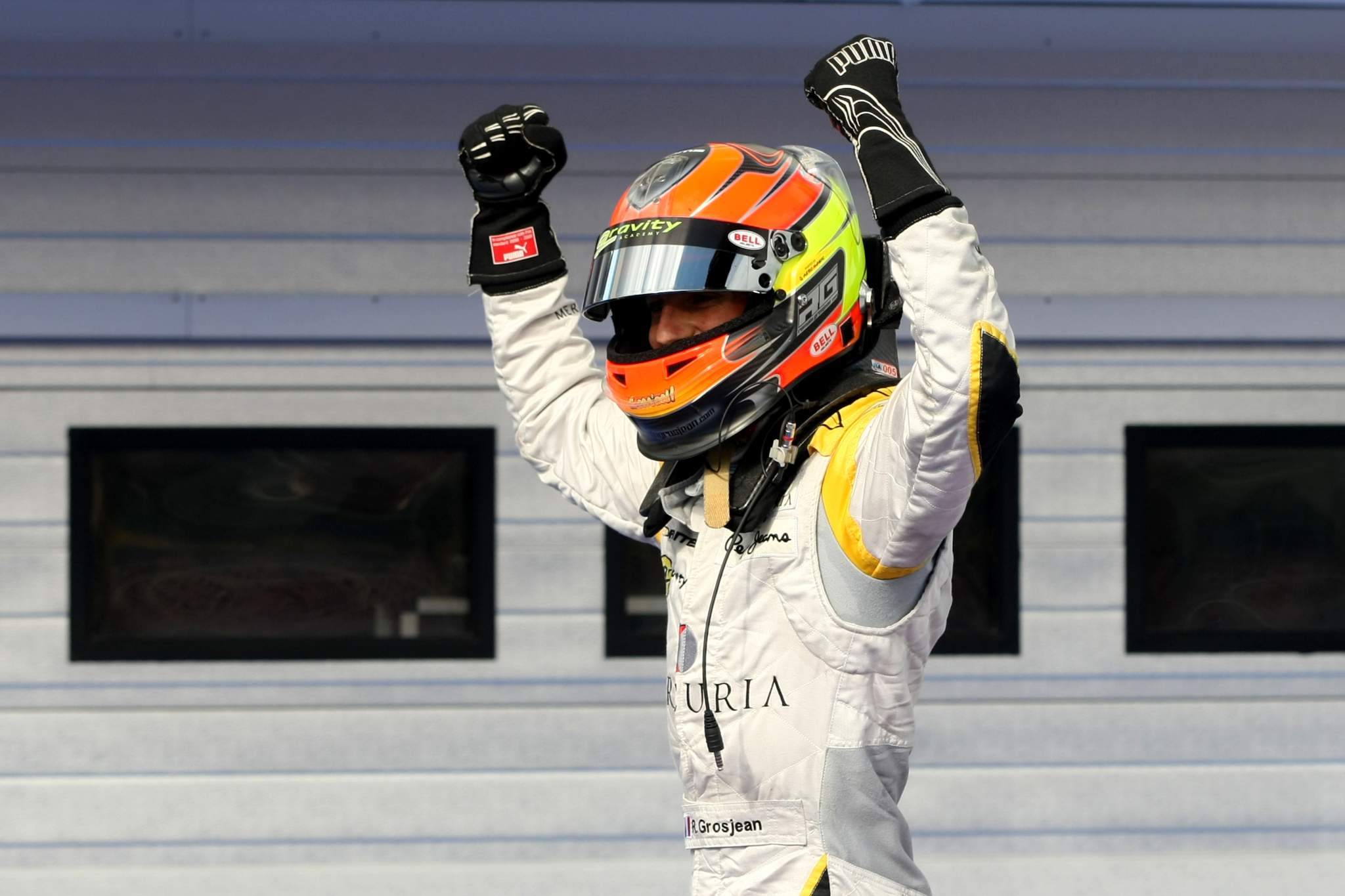
Hungary, 2011, with DAMS in GP2. That’s the last time Grosjean won an elite motorsport race as part of a full-season campaign.
Marcus Ericsson, the last driver to switch from full-time F1 to a proper go at IndyCar, has spoken at length about the added motivation of being on a level playing field in terms of raw machinery, having spent so much time in F1’s midfield or back end. Grosjean understands that plight.
Ericsson is yet to master IndyCar in terms of the headline results – proving just how tough it is – and even if Grosjean is able to, he’ll have to learn the ins and outs of controlling a race from the front under that format. I’m sure it will come back quickly, but still, it’s a variable.
At the same time, there’s every chance, due to his reduced schedule and the uncertainty over Dale Coyne’s competitiveness, that he won’t have many chances to win. So he’ll really have to make the most of the opportunities that do present themselves.
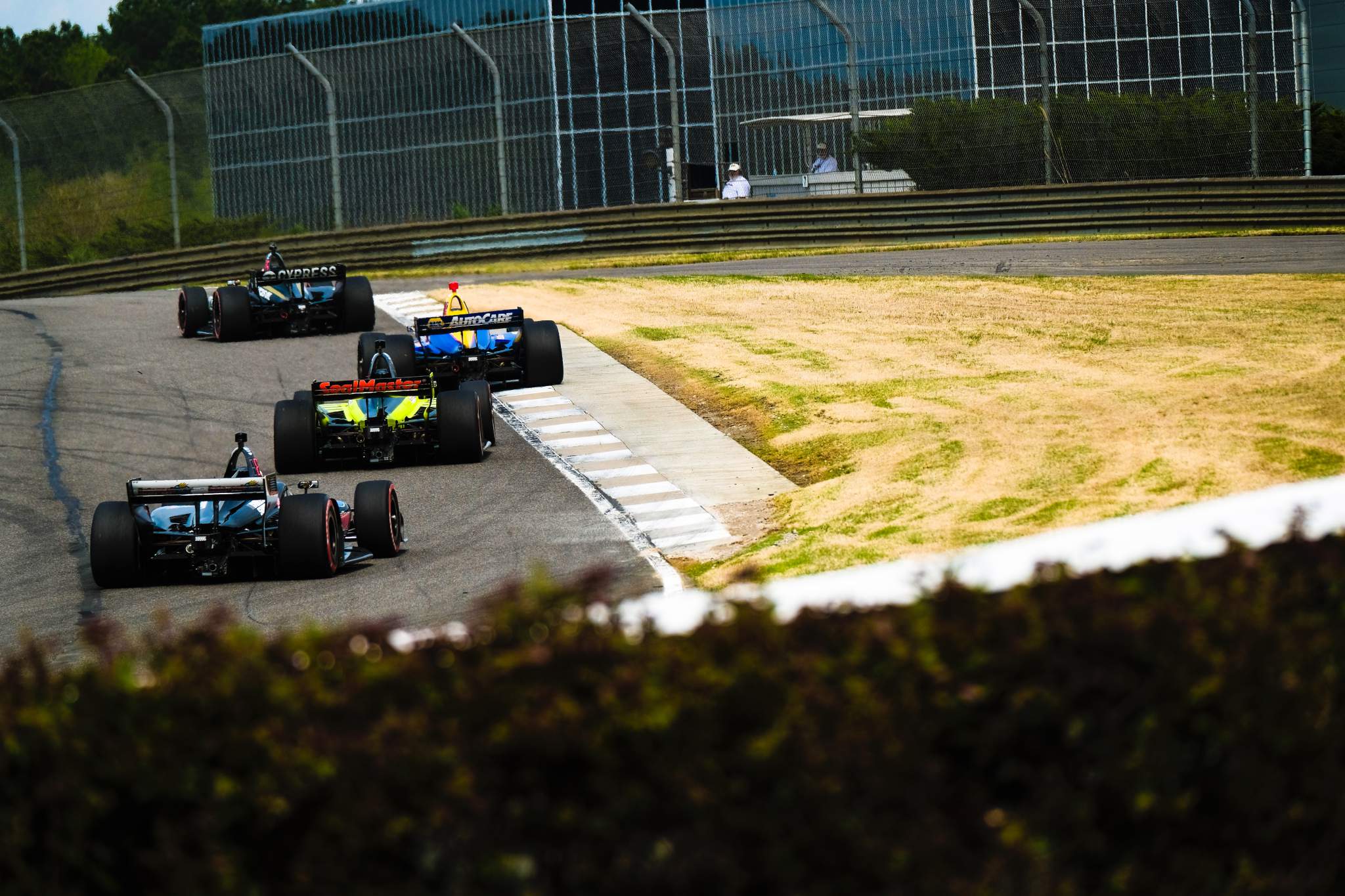
Adapting to a knife-edge car
Of course, an IndyCar is an open-wheel, single-seater car with downforce. The fundamentals are the same as Formula 1 but the challenge is very different.
There is less downforce and therefore less grip. The cars are driven on a knife edge and for a driver who’s been accused of over-driving the car trying to extract the maximum in F1, Grosjean is definitely going to have to learn to be patient in his new role.
The steering is heavy, and like F1 there’s a number of adjustments on the steering wheel like the anti-roll bar, brake bias and push-to-pass. These are added variables which make the car behave in different ways.
For a driver who has been in the world of ultra-high downforce F1 for so long, IndyCar will certainly have its challenges and Grosjean will have to be willing to leave any ego at the door and adapt very quickly indeed.
That may well include changing his long-held driving style, another potential challenge.
He’ll have to cope with all this while facing gaps out of the car thanks to missing the oval rounds, which will slow his adaptation and decrease his seat time compared to much of the opposition. Especially if the coronavirus pandemic limits in-season testing to nil again, which appears likely.
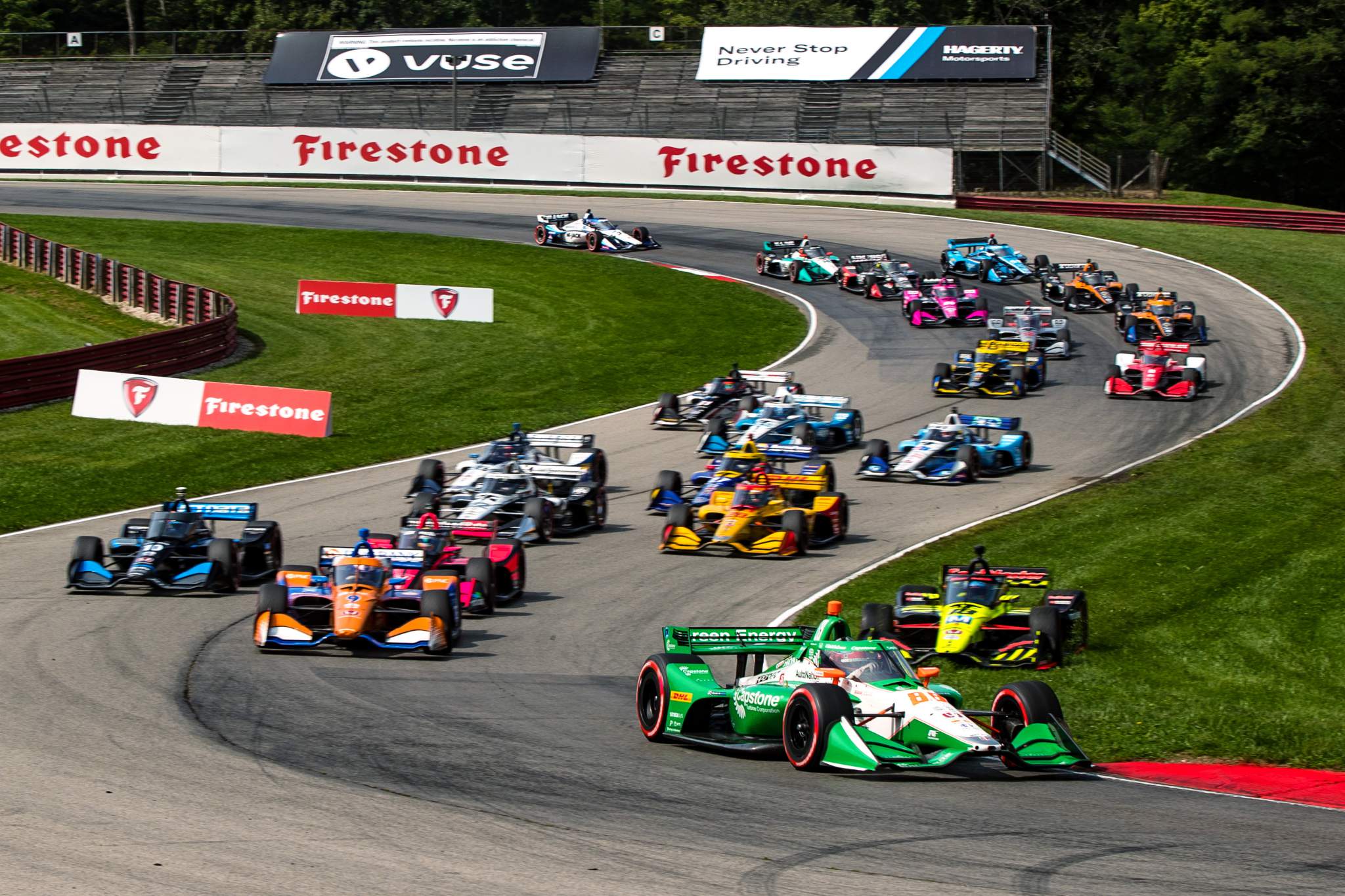
New tracks, tyres, strategy
Learning new tracks shouldn’t be too much of an issue for someone with Grosjean’s simulator work ethic, at least not one that costs him dearly even if it is something which could affect performance.
Learning to keep the tyres alive and rebounding from the inevitable blow of alternate race strategies definitely will be a factor for him though, so he has to learn these quickly.
Qualifying isn’t as important as it is in the world of F1, but it’s still important to be in a position to move forward so it isn’t inconsequential either. And it often offers only one flying lap on the softer red tyre, which you may have only had a couple of laps on at that track in those conditions.
Then there’s the yellow flags. Such is the number of cautions that you can have the best car and be quicker than everyone else but finish way out of contention because another strategy with tyres or fuel prevails due to circumstances out of your control.
For a driver who has had his mental fortitude questioned multiple times over the years, reconciling that he may have done the perfect job and finished 12th will be tough to deal with but it’s going to happen and probably often. It’s just a part of the racing.
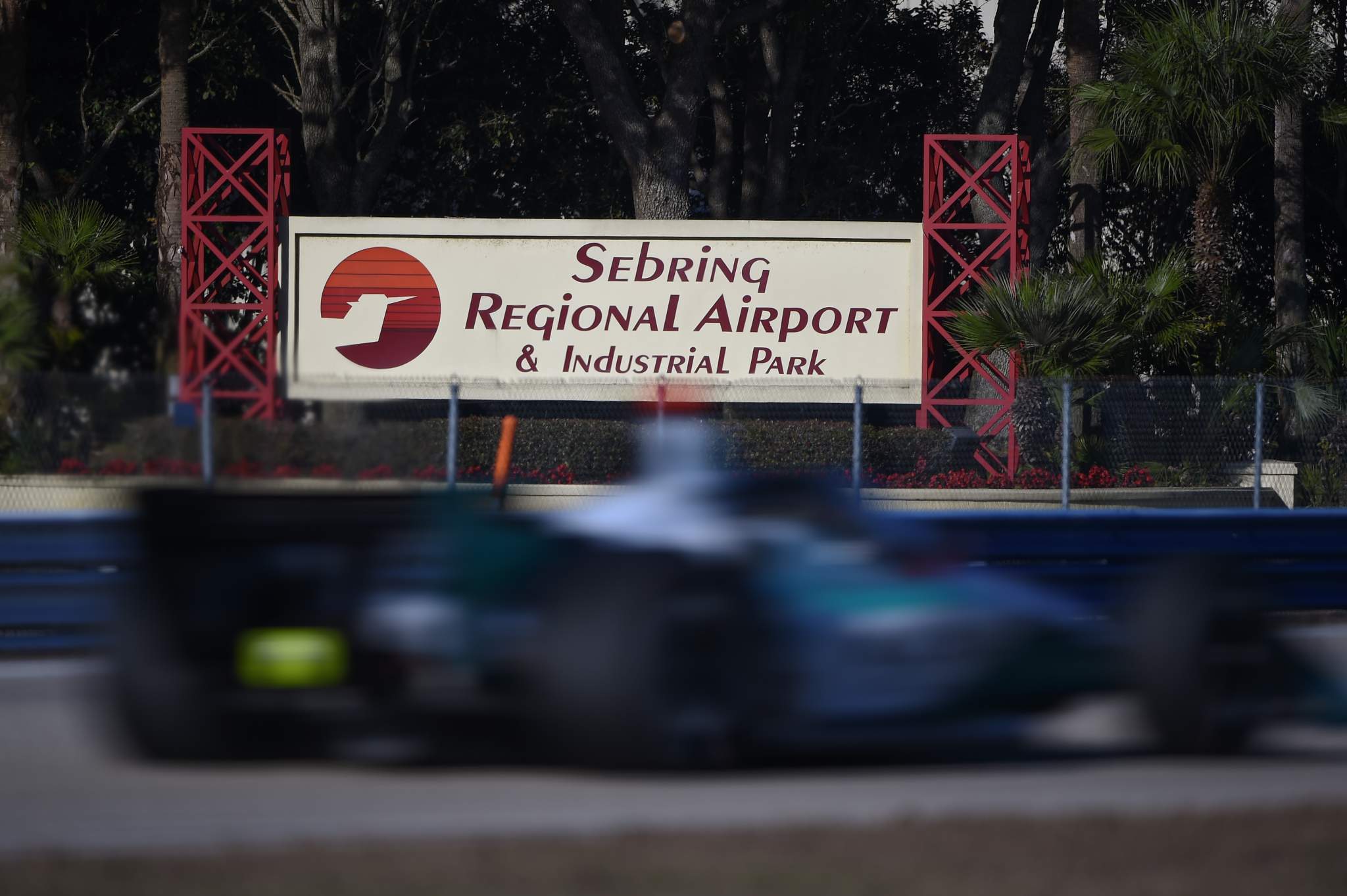
Late to testing
Not only does Grosjean face the challenges of adapting to the new car, but he does so knowing that a number of drivers have already done 2020 post-season tests and pre-season runs in 2021.
It won’t be the deciding factor in his season but it’s just another area of adversity he has to overcome. For example fellow ‘rookies’ Scott McLaughlin and Jimmie Johnson have had a steady testing programme since the 2020 season ended – and McLaughlin has a race under his belt too. That means they are much more likely to be able to capitalise on occasions where strong finishes are possible.
Getting the deal done quicker would have been more advantageous but that can’t be undone now, only overcome through quick adaptation.

